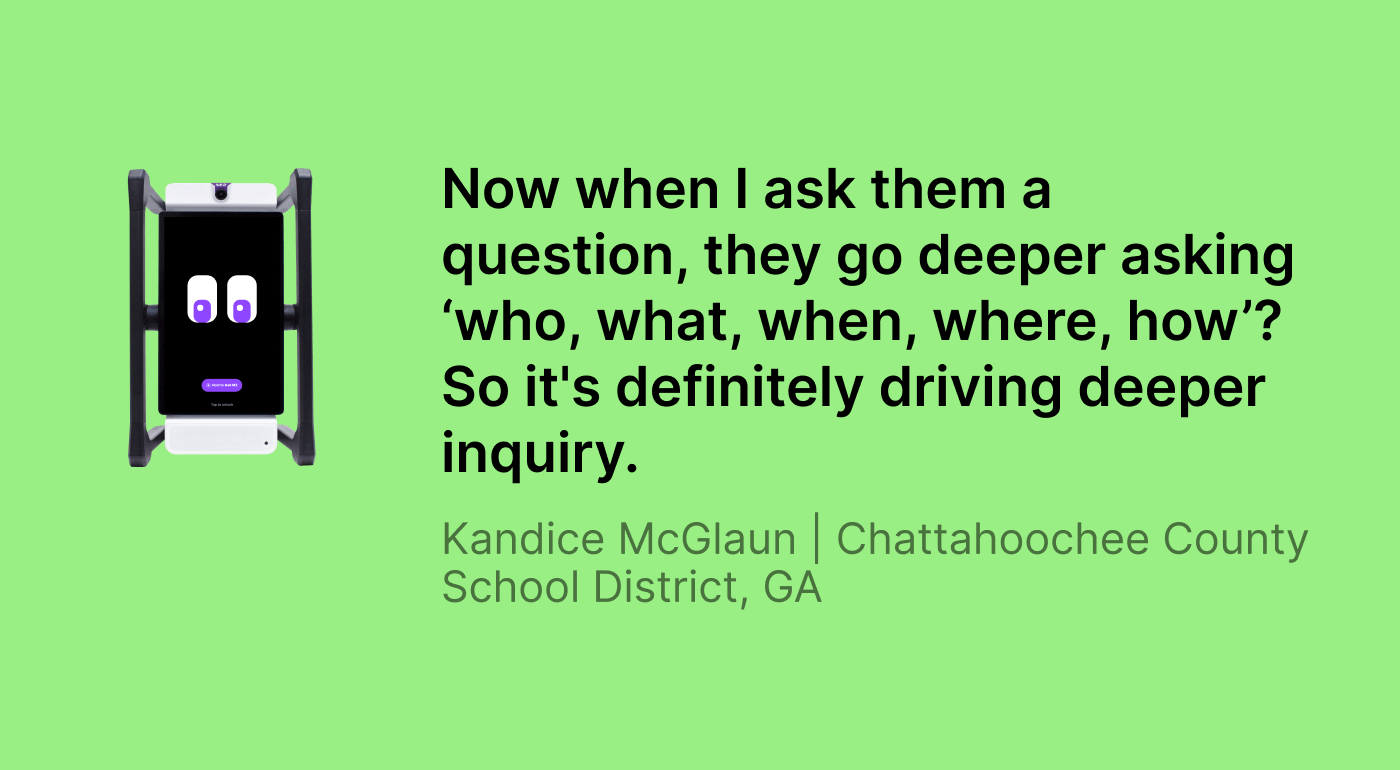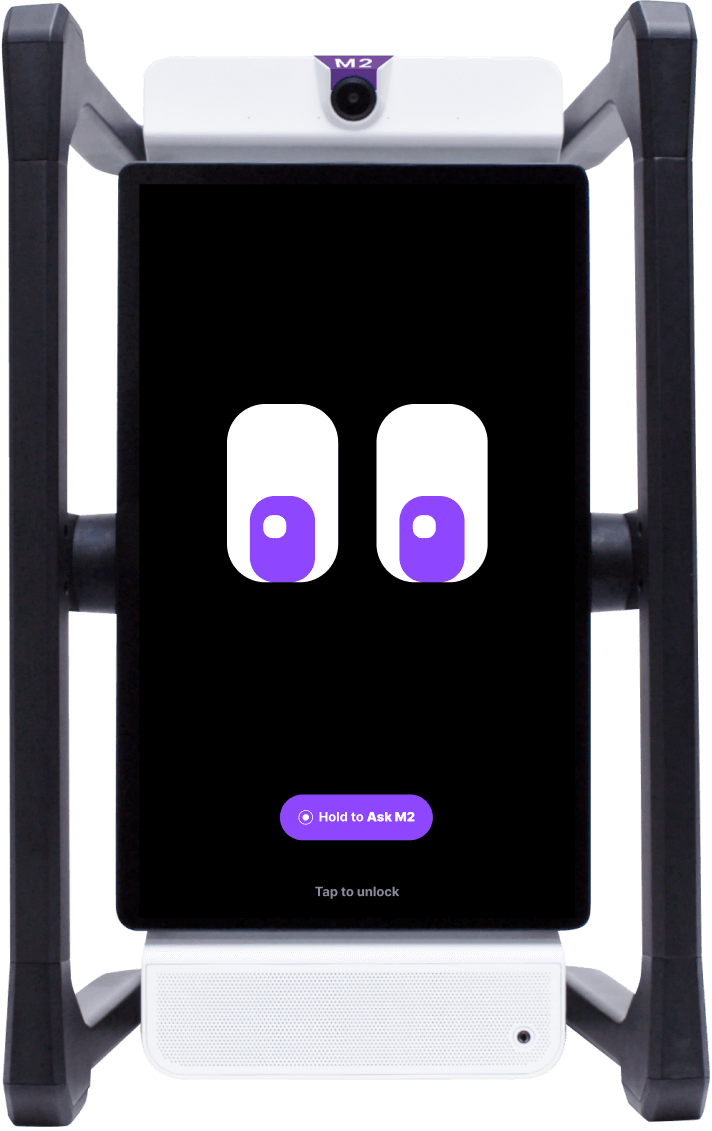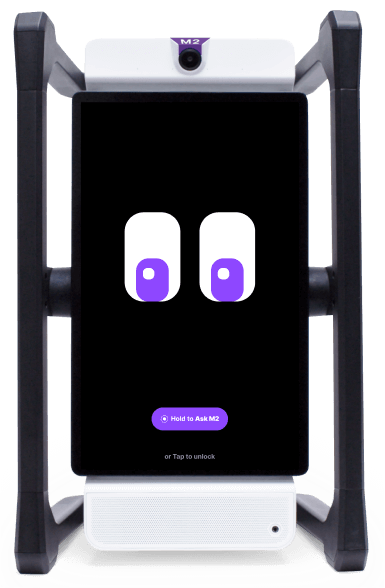
Tech that missed the mark
We’ve all seen it happen too many times. A student raises their hand with a question that sparked genuine curiosity—the kind of question that could unlock deeper understanding. But in a classroom of 25 or more students, with limited time and an ambitious curriculum to cover, Molly Allen found herself conflicted on whether to slow the roll or keep the class on track. She’d try to be encouraging and tell that student: “That’s a great question! But we’ve got to keep moving today. Why don’t you look it up for homework and bring it back tomorrow?”
The problem? Tomorrow often never came for that moment of curiosity.
“When they have a question and they don’t have the answer right away, you tend to lose them,” Molly explains.
As instructional technology specialists for Chattahoochie School District, Molly Allen and Kandice McGlaun have been trying to bridge the engagement gap with all sorts of AI tools. Last year, they piloted Magic School with their fourth graders. They felt the platform was well-designed and, when effective, elicited thoughtful responses from students, but they found a critical flaw with the structure: everything was text-based.
“It was great,” Molly recalls, “but it pumps out written responses, and I noticed, especially with our younger kids, that they just weren’t reading or able to follow along all of the time.”
Kandice faced a different version of the same challenge. Teachers throughout her middle and high schools wanted the equivalent of Alexa in their classrooms—a voice-activated assistant that could provide instant answers and keep students engaged. But commercial smart devices aren’t allowed under school policy, and for good reason. Students need something to inspire creativity, encourage collaboration, and not just something for rote information retrieval.
“I feel like students today always expect an instant answer, because the internet is always at their fingertips,” Kandice explains.
They needed something in between—not a 1:1 device that isolated students behind individual screens, but a collaborative classroom tool that could engage students together through conversations.
While M2 worked for everyone
When Molly and Kandice discovered M2, they immediately recognized its potential. Here was an AI co-teacher that could interact with students, facilitate discussions, provide real-time feedback on instruction, and support both academic and social-emotional learning—all while bringing students together rather than isolating them behind individual screens.
They started with a small pilot, rotating a couple of devices among their elementary, middle, and high schools. What they didn’t anticipate was just how quickly it would become the most in-demand tool in the district.
From Jeopardy to the American Revolution
The academic applications emerged organically as teachers experimented with M2’s capabilities. In a sixth-grade social studies classroom, a teacher wanted to review latitude and longitude concepts but knew that traditional worksheets wouldn’t engage her students. She decided to try something different.
So Kandice suggested that M2 set up a Jeopardy game. What happened next surprised everyone. M2 created a full Jeopardy-style game, complete with point values and encouraging feedback. With a map displayed on the classroom’s main display, M2 would ask questions like: “For 100 points, this is the latitude, this is the longitude—what country am I?”
Students worked in small teams and when they answered correctly, M2 awarded them points. When they were close but not quite right, M2 encouraged them: “You’re really close, can you guess again for 50 points?”
“I loved that it was positive and never took all the points away,” Kandice notes. The students were so engaged that they’ve been asking to use M2 again ever since.
But perhaps the most powerful example of M2’s impact came during an American Revolution unit with Molly’s fourth graders. After a VR exploration, students gathered around M2 with its remotes in hand, ready to ask their questions. They had written their questions on mini whiteboards beforehand, ensuring they weren’t all asking the same thing.
“They thought they were movie stars talking into the microphone,” Molly smiles.
One student became fascinated with a particular historical figure. “Did he sign the Declaration of Independence?” the student asked.
M2 explained that no, he hadn’t signed it because he was fighting in the war at the time.
“Why didn’t he sign it?” the student pressed.
What followed was a deep dive into Revolutionary War history—the kind of extended, student-driven discussion that rarely happens when questions get deferred to homework. The student kept asking follow-up questions, and M2 kept providing context, always following up with its own questions to push the student’s thinking deeper.
“We wouldn’t have gotten as far if M2 had just given a direct answer and left it at that,” Molly reflects. “It just kept going and going and going, and we really deepened our class discussion.”
More than just a robot – a safe space
While the academic applications were impressive, Kandice saw potential for M2 to address an even more critical challenge: creating safe spaces for students to discuss sensitive topics. “So many times, students do not want to talk to a person,” Kandice notes. “They’re confiding in AI, and unfortunately, that’s not always safe. But with M2, we tried it ourselves—it worked beautifully.”
Working with her school’s social worker, Kandice planned a “positive affirmation station” for suicide prevention week. They tested the concept, with Kandice role-playing a student who is being bullied.
“I told M2 that I’m a sixth grader and I’m being picked on,” Kandice shared in an example. M2 responded with empathy and practical advice, asking if she wanted to role-play ways to respond to the bully.
Throughout the conversation, M2 consistently reminded her to talk to a trusted adult while also providing the immediate support she needed in the moment.
“Students need to hear affirmations several times, because the more they hear something, the more it becomes prevalent, and they start to internalize it.”
The approach will give students three options during designated weeks: they can speak with one of two adults present, or they can have a private conversation with M2. Students who aren’t ready to talk to an adult yet can work through their feelings with M2 first, building the confidence and clarity they need to eventually seek help from school counselors.
The trickle that turns into a flood
The impact on student engagement has been undeniable. Students have become so attached to M2 that middle schoolers have been naming it, personalizing their relationship with their classroom co-teacher.
But most importantly, it’s advancing inquiry and developing higher-order thinking. Students who interact with M2 are approaching questions differently than ever before. Kandice noticed the change with her own daughters who are in fourth-grade and have also interacted with M2.
This transformation in how students think about learning has created what Kandice calls a “trickle effect.” Students who experience M2 in one class go back and tell other teachers about it. Those teachers, intrigued by their students’ enthusiasm, check out the device themselves. And the cycle continues.
Teachers throughout both schools have started saying they want “an M2 in every classroom.”
Cultivating the future with M2
As Molly and Kandice look to the future, they see M2 playing an even more central role in transforming their schools from teacher-centered environments to truly student-led learning spaces.
Molly is developing a “Lunch with M2” incentive program, where students who achieve certain goals—whether academic, attendance-based, or behavioral—can bring their lunch to the STEAM room for a tabletop discussion with M2 on a topic of their choice.
“It’s about cultivating curiosity,” Molly explains. “Letting them explore what they’re genuinely interested in, with immediate support for going deeper.”
Both specialists are working to expand M2 access across all grade levels and subject areas, ensuring that every student has opportunities to experience this new paradigm of learning—where questions don’t go unanswered, where curiosity drives discovery, and where collaboration happens around a shared “bigger brain” rather than through isolated screens.
“That’s where the real growth happens,” Molly says. “In that space between the question and the next question, and the one after that.”


